I love my smart home. I love changing the thermostat and seeing who's at the door, no matter which floor I'm on. I love the promise of all my devices, from light switches to air purifiers, from individual bulbs to cameras, and everything in between, being able to autonomously adjust to my routine and work in harmony. When Matter was announced in 2022, it came with a heavy expectation of being that bridge between disconnected ecosystems and that my smart home would be closer to the image in my mind.
And for the most part, at least for the devices I own, it's lived up to expectations. Many of my IoT and smart home devices have received upgrades to Matter and/or Thread over the last couple of years, and they all play nicely with the mix of Amazon, Apple, and Google devices used to control them. This coming year will be pivotal for Matter, as focusing on connectivity and bringing new device classes into the fold will unify even more of our smart homes. I'm excited about what that means and how it promises to reduce the number of apps I need on my phone to control everything.
5 My smart home is a mess
Too many ecosystems and they all need their own app
I dove into smart devices pretty early, which might have been a blessing in disguise, as many of my legacy devices that stopped getting updates years ago also stopped working years ago. That hasn't saved me from needing a cornucopia of apps installed on my smartphone to set those devices up, then control some of the standouts that won't work through Apple Home, Google Home, Alexa, or their respective voice assistants.
It's an exhausting mess, and the locked-in ecosystems are kind of the point from the manufacturer's point of view. No one manufacturer makes the breadth of smart home devices, though, so you're guaranteed to need extra apps. Even devices that are built for HomeKit or SmartThings try to make you install their own app sometimes, often in the guise of extra features that are locked into the manufacturer's app.
To fix this hodge-podge of devices would cost me thousands of dollars, and there's no guarantee that the new manufacturer won't abandon its smart home aspirations at some point in the future. Matter changes this equation because the largest and most popular smart home ecosystems and the companies that make them are all working together, so there's a glimmer of hope that those devices will continue working, even if the company's app disappears.
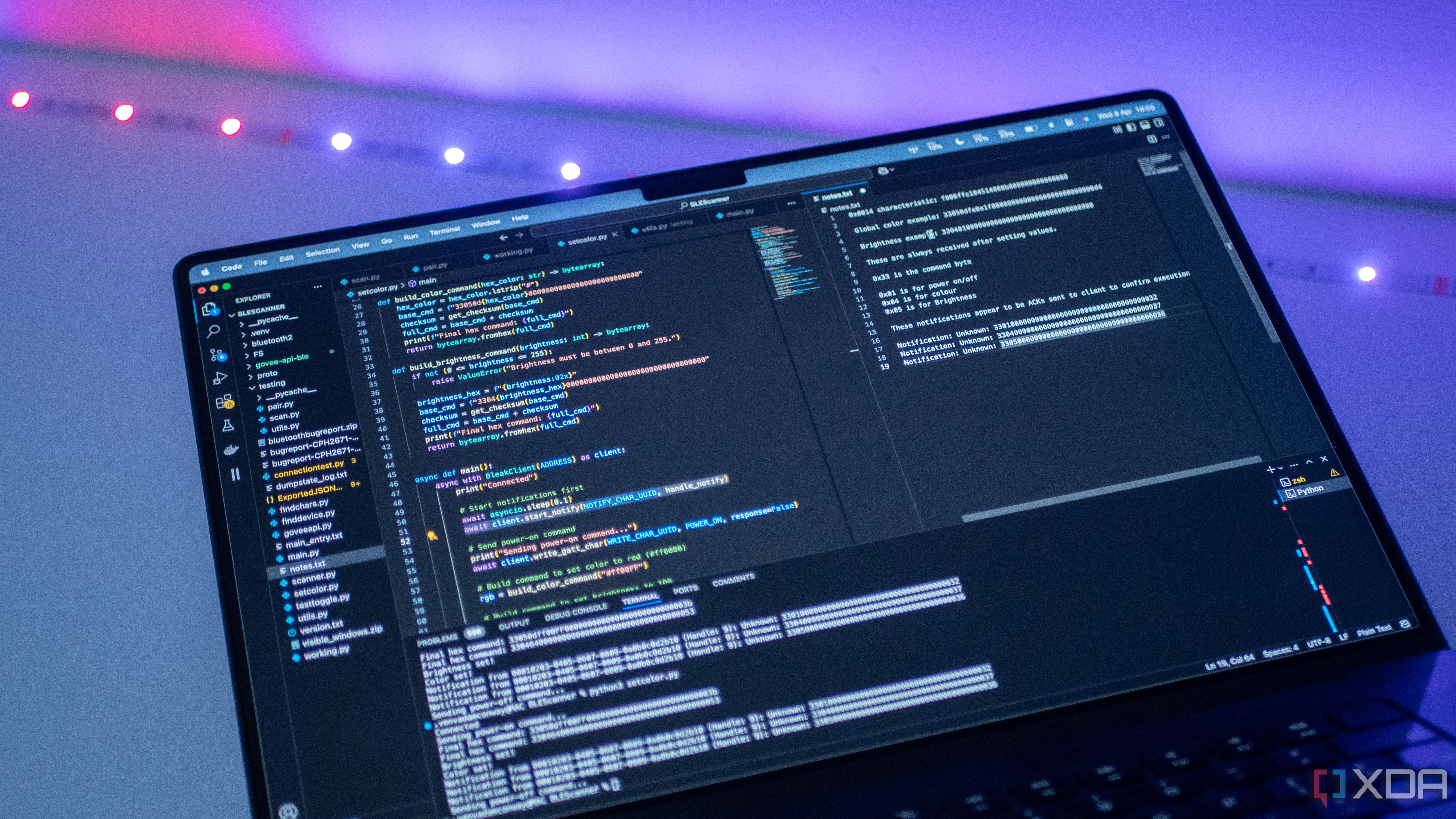
Related
I reverse-engineered my Govee smart lights to integrate them into my smart home
I was determined to get these lights working locally. Here's how I did it, and how you can learn to do it too.
4 I'll be able to ditch the dongles and hubs
Adding Matter and Thread border routers means integrated hubs in the devices I'm already using
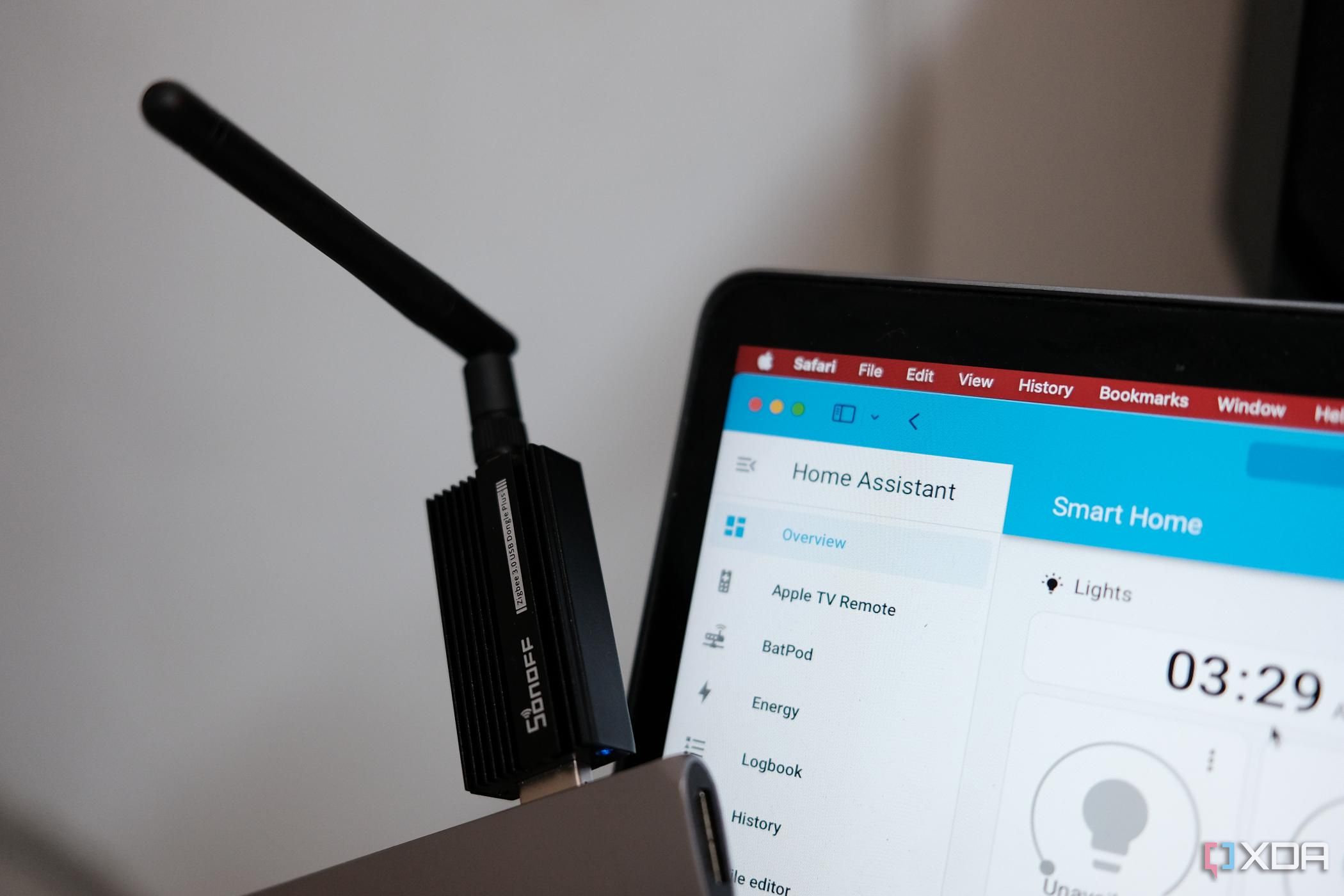
Like most smart home users, I have a varied collection of hubs, dongles, and other accessories necessary for connecting individual devices to the Internet or my Home Assistant installation so that they can be controlled via apps. Whether that's a hub that needs a wired connection to my router (for Philips Hue devices), USB dongles for Z-Wave or Zigbee, or proprietary hubs or wireless nodes for cameras, doorbells, smart locks, and more, it's a lot to find sockets for.
There are also many different standards clogging up the airwaves in my house, adding more potential sources of wireless interference. The 2.4GHz radio in my APs is more likely to cause interference with Zigbee because of its higher power signals, but the issue remains. With Matter devices supporting Thread, everything uses a wireless protocol different from Wi-Fi, although on the same 2.4GHz frequency band. But that's okay, as if all my smart home devices are connected with Thread, then nothing in my house is using the 2.4GHz Wi-Fi band to cause interference.
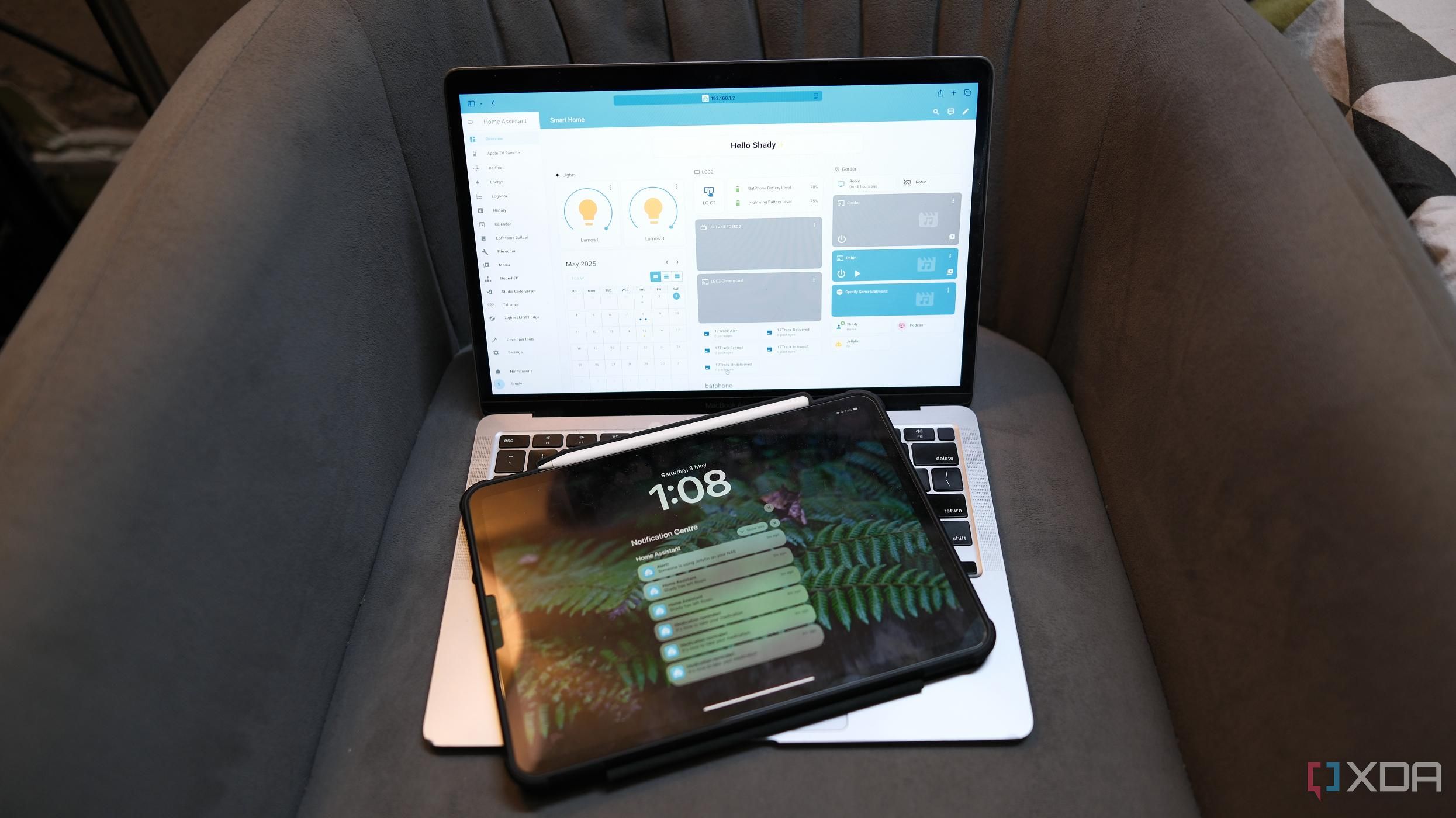
Related
6 Home Assistant automations anyone can use without any additional hardware
I use these Home Assistant automations without buying new devices to make my life easier.
3 It will make my Home Assistant even better
My self-hosted smart home controller supports everything up to Matter 1.3 already
I've already connected most smart home devices to Home Assistant, but I haven't quite made the plunge into using it exclusively. I've still got Echo Dots on each floor and in the main rooms because we use them as an intercom system. That means it's also convenient to use Alexa for playing music or changing the lighting, but due to the mix of devices, not everything works with Alexa, and I don't want to replace devices unless I have to. Home Assistant has voice assistant support and its own voice assistant hardware, which you can make more powerful by linking LLMs to the party. The hardware isn't quite on the level of Echo, Nest, or HomePod, but maybe future hardware will improve on this.
The missing thing is Matter, and the ability to be a Thread border router to connect to more devices, like how HomePods and the larger Echo and Nest devices can. But even with that, Home Assistant serves as a controller in a Matter ecosystem, so the more devices that support the standard, the better, as far as my smart home and I are concerned. Plus, Matter has Multi Fabric which means a single device can connect to different controllers, like Google Home, Apple Home, Home Assistant, and Alexa, all at the same time.
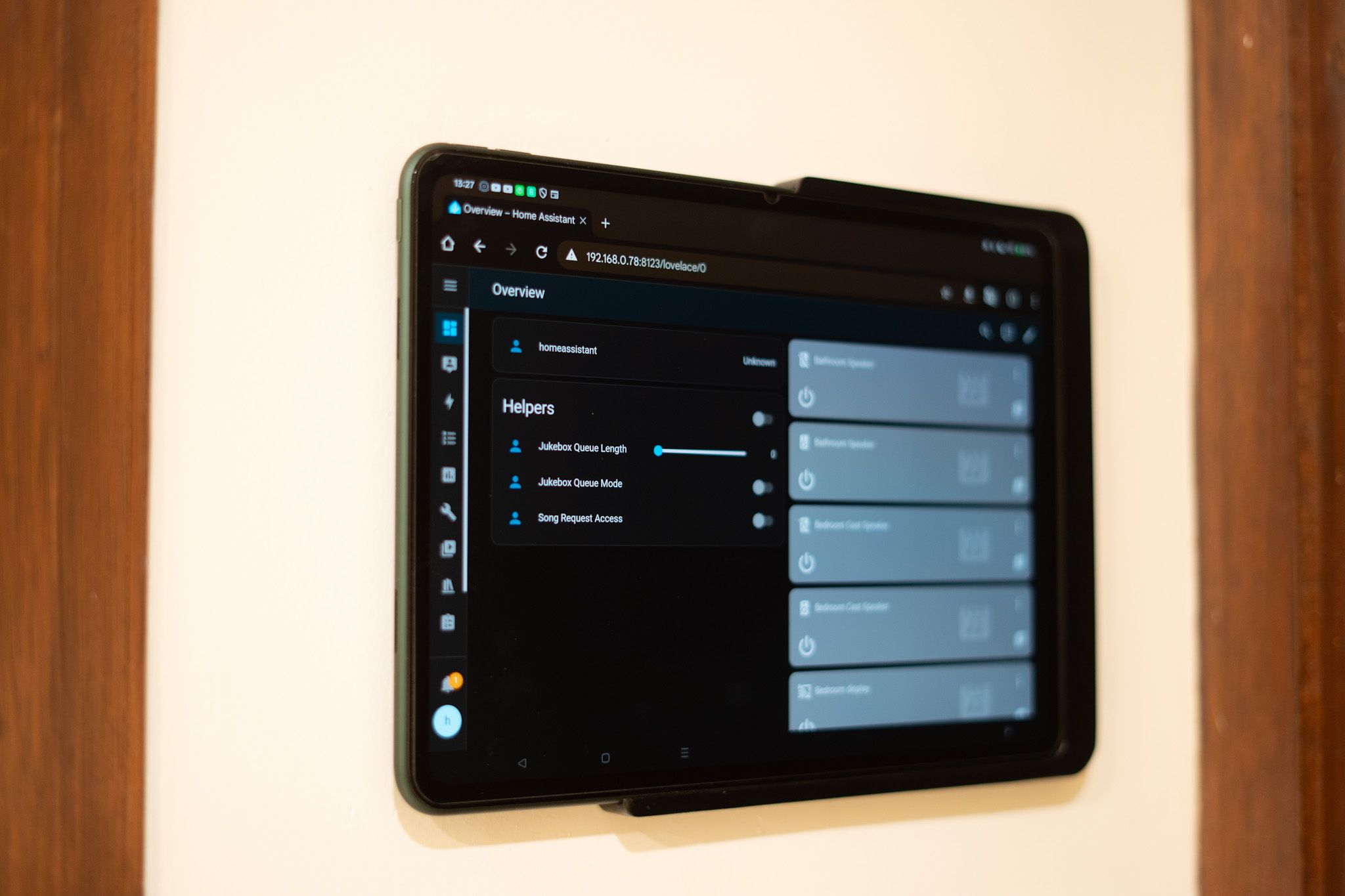
Related
I moved my Home Assistant from TrueNAS to a mini PC running Proxmox, and I'm so glad I did
I moved my Home Assistant from TrueNAS to Proxmox, and it's saving me energy, time, and it's just all around better.
2 Devices will respond to local commands
No more cloud lag while the response gets outsourced
Currently, many IoT devices are constantly connected to the Internet. That's a problem—more specifically, several problems, ranging from the security of your home network to how those devices receive their control commands. The app on your phone or your voice assistant might not be directly sending commands to that smart bulb or socket; instead, they're sending commands to a web server, which then sends the command to your IoT device.
If the Internet goes down or gets slow, those devices stop working. You're also never quite sure how secure your data is while it's being transmitted, and IoT devices have a sketchy history of security at the best of times. Matter specifies that Matter-compatible devices need to respond to local control. That means on your home network, without any hops to the Internet.
No more being unable to control my Hue bulbs when I lose Internet connectivity, and with Alexa having local processing now, even my voice commands stay inside my house. It doesn't mean any cloud control from the manufacturers, or that they can't use their apps, but the local connection has to be available for use, making your smart home easier and more secure.
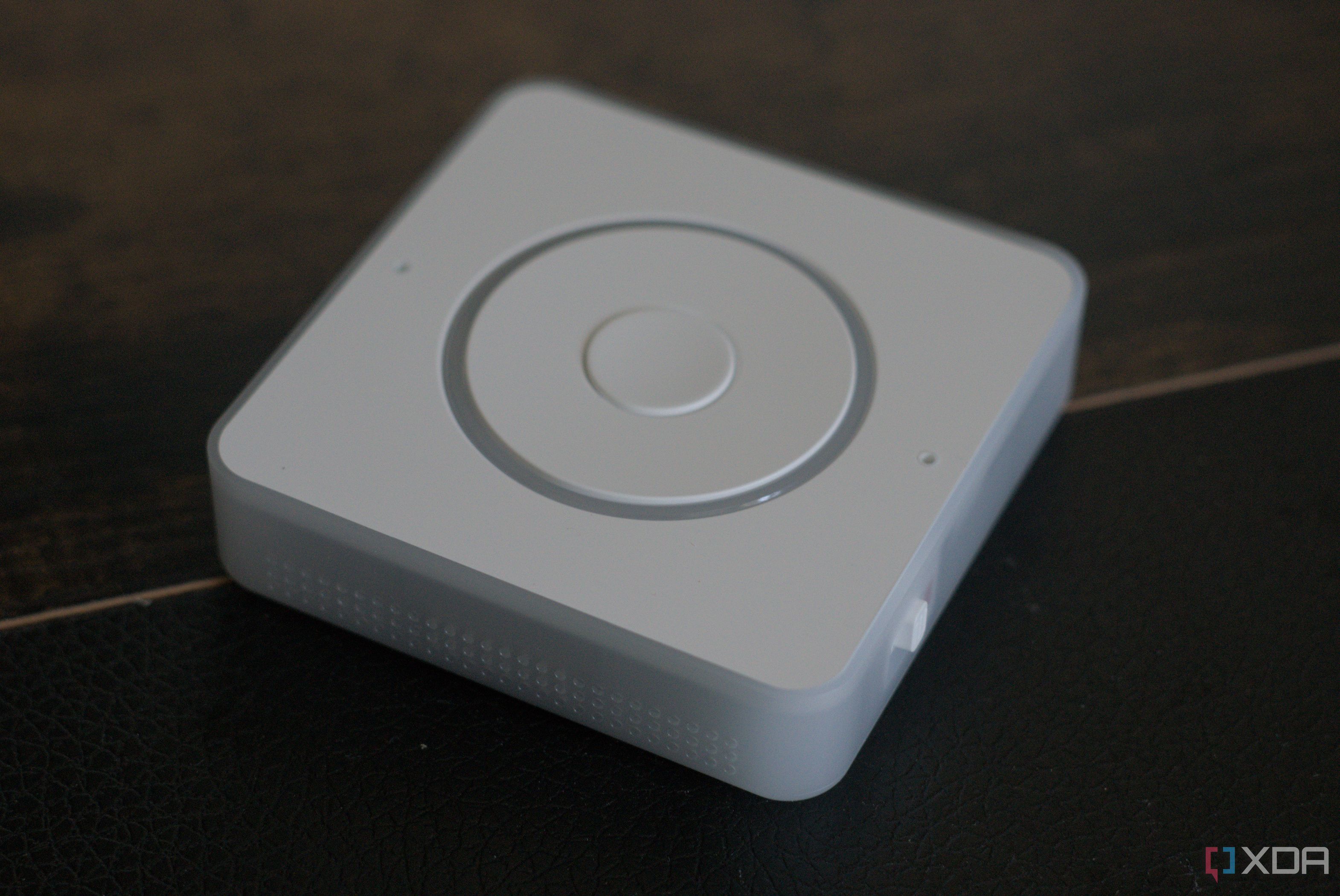
Related
I switched from Alexa to Home Assistant Voice — here's how it went
The process wasn't the smoothest, but it's much better than Alexa.
1 It makes buying decisions easy
This is really the most important part for the end user
Matter is designed to ease the pain of building a smart home. It does not replace any one ecosystem but allows for the control of all of them from the same place. That could be any device with a Thread Border Router integrated inside, including Wi-Fi routers. With over 40 device types supported, almost any device I might want to add to my smart home could technically be found with Matter support, with my choice of control system. It's incredibly exciting not to have to research interoperability specifications when buying devices, with the promise that they should work.
The notable exception from this list is IP cameras, like video doorbells or security cameras. Currently, none are compatible, and it might take a bit longer before they appear because they're more complicated than other IoT devices and come with additional security considerations. That's not a reason to avoid Matter-compatible devices for every other smart home use, because support will come; it's just a matter of waiting. And I can live with one or two extra apps on my phone in the meantime.
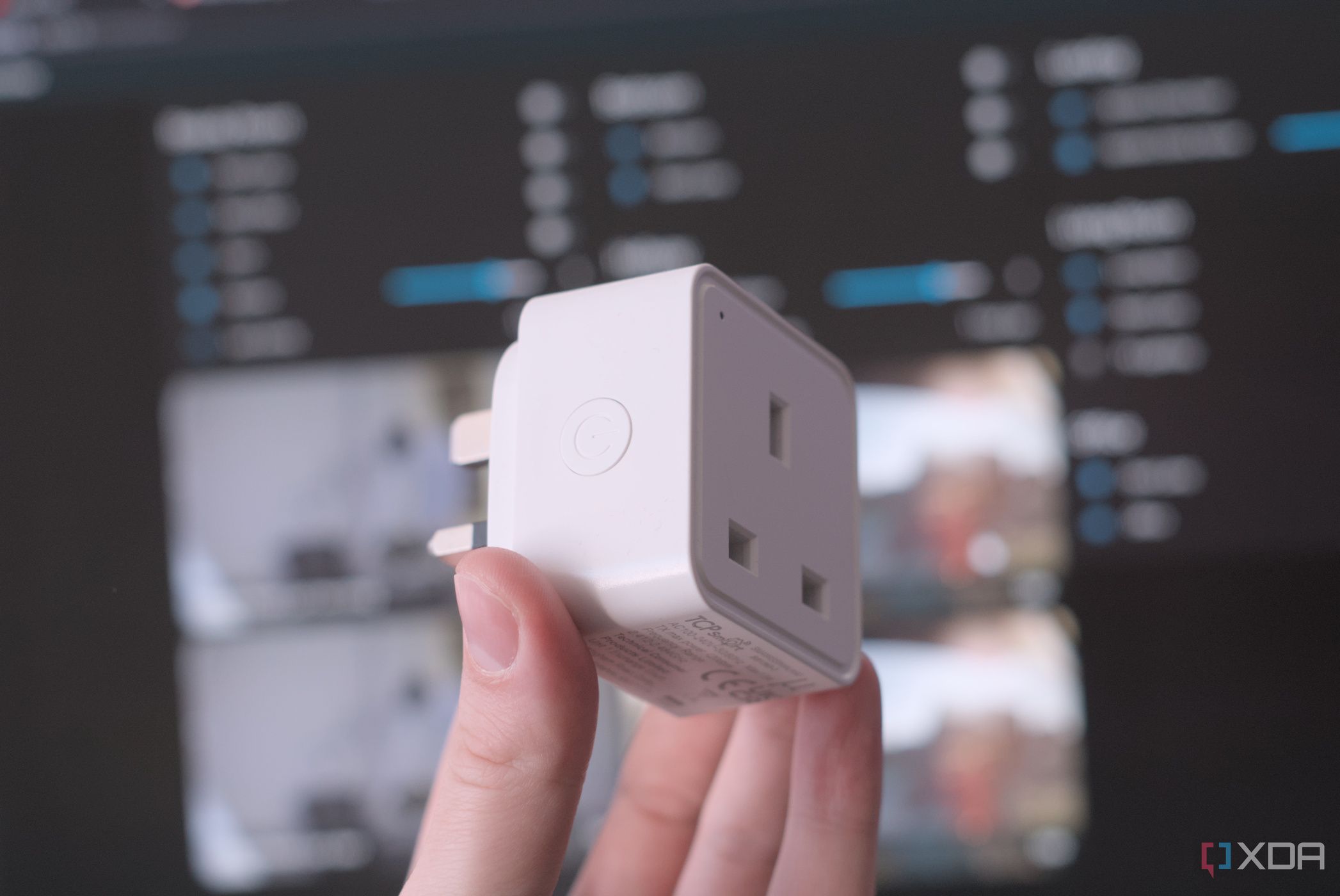
Related
4 inexpensive IoT devices that I've found are actually useful in your smart home
Among the almost infinite selection of IoT devices for your smart home, these are the most useful that are also inexpensive.
Matter hasn't quite become the dominant protocol for smart homes, but it's not far off
With every new release of the Matter specification, we get closer to a fully featured solution for smart home use. Crucially, it doesn't stop manufacturers from implementing their own protocols; it simply asks that Matter (and Thread, where applicable) are also supported for control and that local control will always be available. And that is what might finally mend the fractured smart home landscape.
.png)
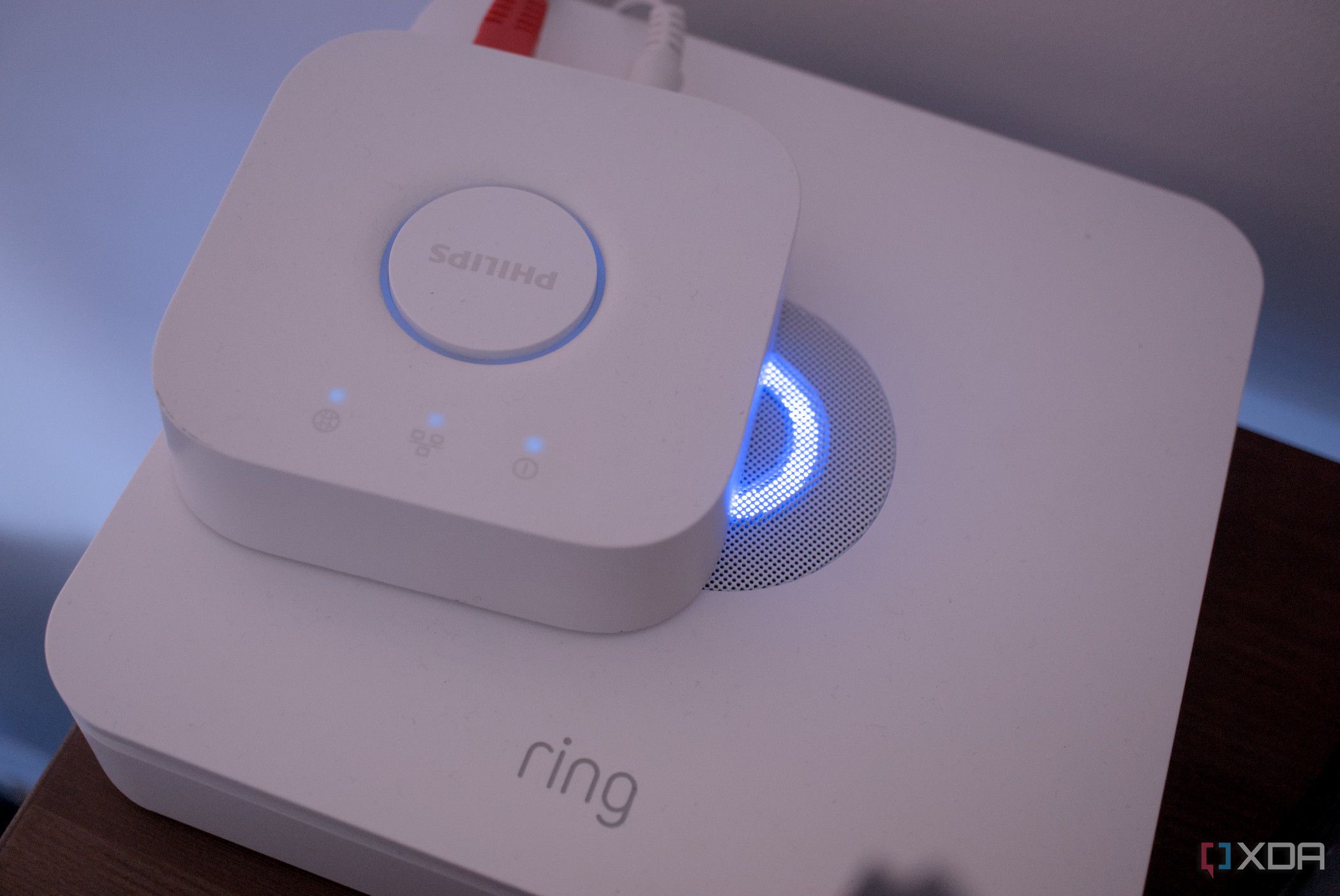





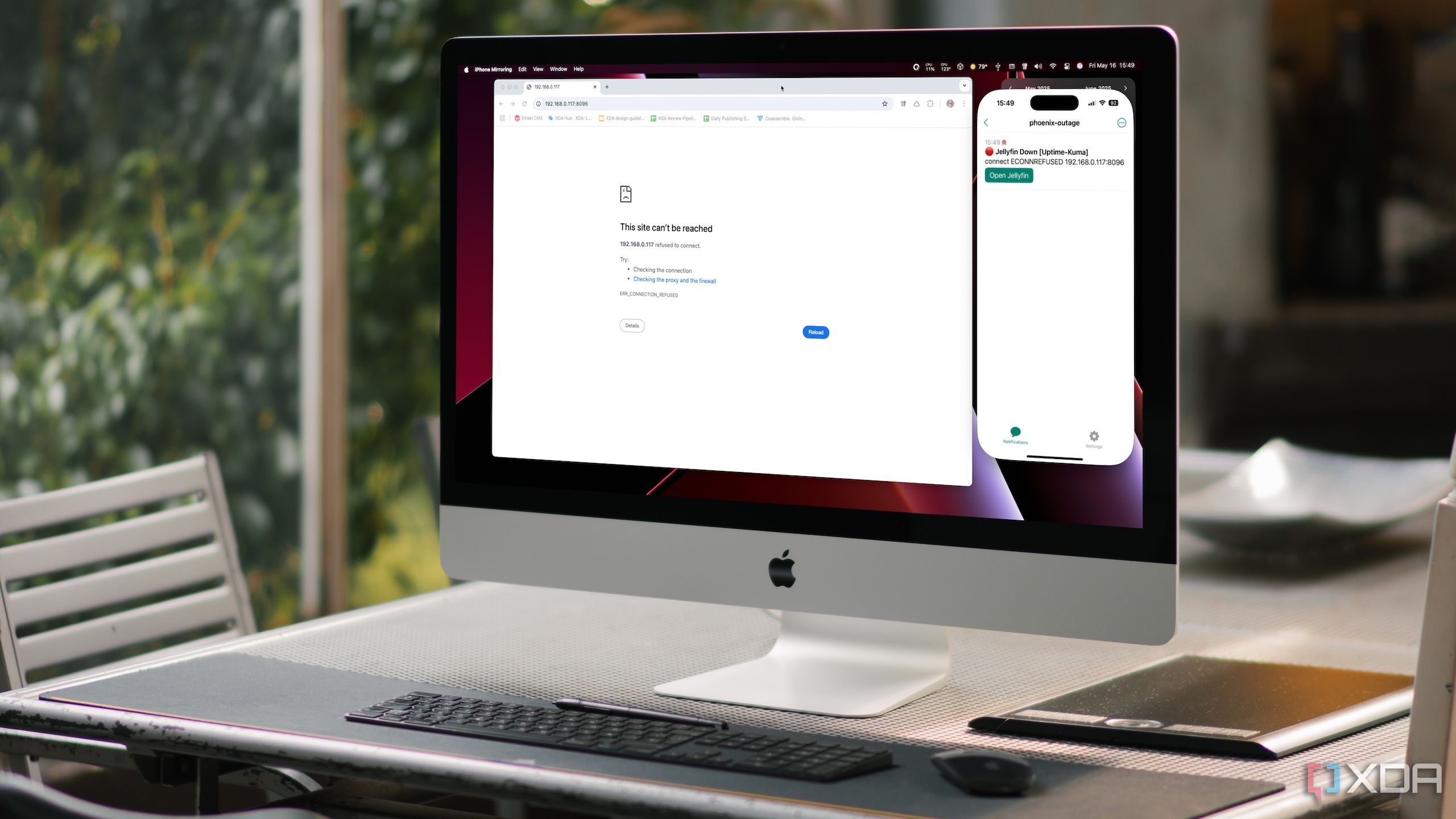





 English (US) ·
English (US) ·